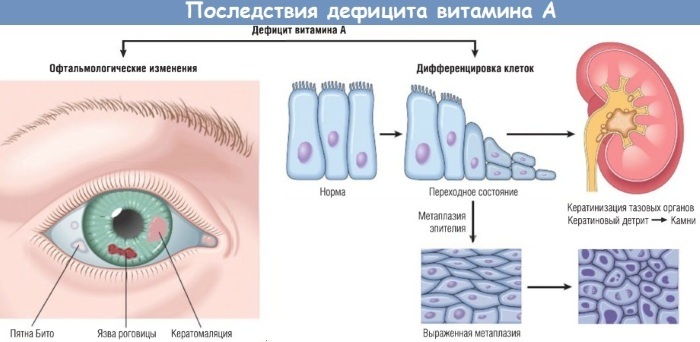Eggerthella lenta level is determined when taking an analysis during the diagnosis diseases of the gastrointestinal tract. If the norm is exceeded, depending on the reason, a comprehensive examination is prescribed, based on the results of which the doctor will determine the method of therapy.
Record content:
- 1 What it is?
- 2 Indications for analysis
- 3 What results are normal for a healthy person
- 4 Exceeding the norm
- 5 How is the examination carried out?
- 6 Deviations from the norm and possible diseases
- 7 What if the indicators exceed the norm?
-
8 Treatment methods
- 8.1 Diet
- 8.2 Lifestyle
- 8.3 Phytotherapy
- 9 Video about gastrointestinal diseases
What it is?
This type of bacteria belongs to immobile gram-positive anaerobic strains. The type to which it belongs is Actinobacteria. In fact, these bacteria are rod-shaped, solitary and do not form spores. They grow in pairs, singly, or in short chains.
Until 1999 the bacterium belonged to the genus Eubacteria and was called Eubacterium lentum. The current name comes from the American microbiologist who discovered it - Arnold Eggert. He first described the Eggerthella lenta strain in 1935. But, despite this, until 2004 microbiologists have had difficulty identifying the bacterium because it is a new pathogen.
Eggertella tape is present in the body of every person and belongs to the normal microflora of the gastrointestinal tract. The bacteria are found in the stomach, small intestine, and large intestine. It can also be found in bile acids and affect their metabolism.
In normal quantities, it does not pose a health hazard. But a low level or active bacterial reproduction indicates the opposite. There is a violation of the intestinal microflora, which becomes the cause of the development of various pathologies. Against this background, chronic diseases are often exacerbated. And the state of the immune system depends on the function of the intestines.
Indications for analysis
With an increase in the level of this type of bacteria, digestive upset often begins. The need for an analysis is determined by the attending physician. At the same time, it takes into account the patient's complaints and suspicions of the development of pathologies. The study is often prescribed during pregnancy, with hormonal disorders, chronic diseases of the gastrointestinal tract, kidney pathologies.
The main indications for laboratory research on Eggertell tape are in this list:
- symptoms of kidney failure;
- toxicosis;
- the presence of pyelonephritis and other kidney diseases;
- hypertension;
- additional diagnostics of diabetes mellitus;
- hepatitis;
- diarrhea, constipation;
- vomit;
- increased fatigue;
- flatulence;
- sleep disturbance;
- pallor of the skin;
- dysbiosis.
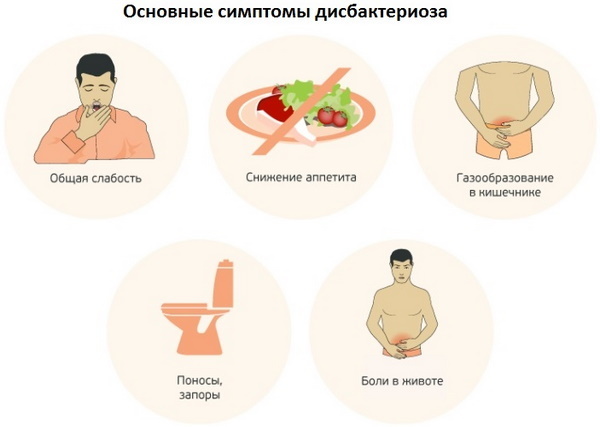
Bacteria are often involved in the development of mixed infections, but Eggertell tape itself is rarely the main pathogen. In any case, in the presence of chronic diseases or suspicions of them, a general analysis is not enough, and the patient is prescribed a comprehensive diagnosis.
What results are normal for a healthy person
Eggerthella lenta, the excess of the norm of which is reflected in the results of laboratory tests, does not have an established norm.
The values determined by the clinics differ slightly, but the total coefficient of markers in the blood varies from 50 * 10 to the 5th power to 100. This is the number of cells per gram. That is, the reference values are given taking into account gender, age, menstrual cycle, and other factors.
And yet, in healthy people, the number of bacteria should be negligible. But if they do not affect well-being, then even a small decrease or excess of their level is considered the norm. These indicators are individual for each person.
An antibiotic susceptibility test is recommended along with the determination of the reference value. Then in the results opposite the field "Eggerthella lenta" these funds are listed. And in brackets to them - the level of sensitivity. And it is on the basis of these figures, when forming complex therapy, that the doctor will determine how appropriate the use of this or that antibiotic will be.
If the marker analysis was performed by gas chromatography-mass spectrometry, an imbalance diagram will be provided at the end of the document. It reflects data on the lack or excess of the indicators of specific markers.
Exceeding the norm
Since a low level of Eggertellus tape is extremely rare and easily replenished, the reasons for exceeding the norm should be investigated first.
These include:
- Arginine stimulation. It is an important, non-essential amino acid involved in protein formation, urea formation and waste removal. Muscle tissue also needs it due to the fact that arginine synthesizes nitrogen.
-
Abdominal sepsis. Here microbiologists describe situations with a severe course of the disease (for example, with paralysis of the brain, meningitis, abscess or osteomyelitis).

- Intestinal tumor. Also, American microbiologists claim that the joint growth of several types of bacteria is capable of lead to the appearance of benign and malignant neoplasms in humans, even in a young age.
- Bacterial vaginitis. With a decrease in the level of lactobacilli, the growth of pathogenic microflora is often observed.
- Liver abscess. Against the background of exposure to microorganisms in the liver, a cavity filled with purulent contents appears. Rupture of the cavity without proper treatment can lead to death of the patient.
- Ulcerative colitis. It arises from the interaction of genetic factors and external influences. The disease is an inflammation of the lining of the colon.
- Systemic bacteremia. The bacterium enters the patient's bloodstream, thereby causing inevitable damage to all body systems.
- Paraproctitis. The disease affects the anal canals through the formation of purulent sacs.
- Mixed infections.
- The bacterium can be transmitted by airborne droplets, through the blood, in everyday life. In this case, with good functioning of the body's immune system, the risks of disease are minimal.
Other pathologies and ailments are possible, in which the level of Eggertellus tape is exceeded. Proving a causal relationship in such cases is extremely difficult due to the difficult identification of this bacterium.
How is the examination carried out?
Eggerthella lenta affects the well-being of a person, and the excess of this type of bacteria can only be determined using tests:
- blood;
- feces;
- urine and other things are passed as additional research;
- with frequent bacterial vaginitis in women, a smear is made for biochemical research - it allows you to assess the state of the microflora in the vagina.
The interpretation of the results should be dealt with by a laboratory assistant, and a full interpretation is given by the doctor in order to establish a diagnosis and prescribe the appropriate therapy.
In addition, the presence of Eggerthella lenta bacteria can be determined using bacteriological analysis of feces and biochemical analysis of urine.
Before taking tests, a person must follow simple rules:
- morning urine is collected in a special clean container;
- feces should also be collected in the morning, collected in a sterile container;
- biomaterials are delivered to the laboratory no later than 2 hours after collection;
- 48 hours before the study, alcohol consumption should be limited, and in consultation with the doctor - and the intake of medications;
- comply with sanitary standards when collecting biomaterials;
- if it is planned to deliver exactly feces - within 72 hours, do not use drugs that affect intestinal motility and the color of the biomaterial, and do not use rectal suppositories, ointments and oils;
- blood is given on an empty stomach.
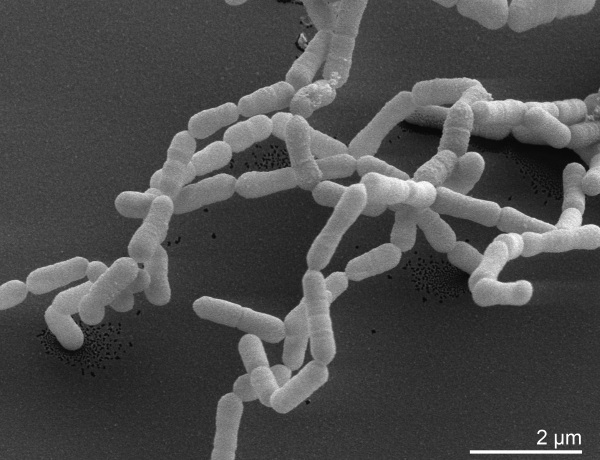
The most informative method for diagnosing the state of microecological status is a blood test according to Osipov. This is due to the fact that this method does not imply the calculation of reference values when taking feces, a smear from the urethra, urine or prostate secretions.
Capillary or venous blood is used as a biomaterial. The advantage of this method over the others lies in the simultaneous determination of the qualitative and quantitative indicators of markers without cultivation and the use of tests and genetic primers.
During the analysis, markers of fungi, bacteria and viruses are determined. Anaerobic microorganisms form the basis of the microbial array in this study (about 60%). The number of detected microorganisms is more than 56.
In the presence of a species, selectivity is determined, and the sensitivity varies from 10 to the 4th power to 10 to the 5th power of cells in the sample. The obtained results of blood tests will help to clarify the etiology of infectious and inflammatory processes and dysbiosis.
And for the study of feces, samples of the contents of the human intestine are mainly used. This helps to determine the bacterial colonies, their number, the presence of dysbiosis and microflora disorders. Doctors recommend taking such tests 1-2 times a year.
Eggerthella lenta, the excess of the norm of which must be qualitatively tracked, requires research in public or private, but licensed, laboratories. The term for both types of bacteriological analysis is 5-7 days.
Deviations from the norm and possible diseases
The bacterium is found in the microflora of the gastrointestinal tract of a healthy person. Insignificant content may be in urine and kidneys. Eggerthella lenta often interacts with other bacteria within the body.
This symbiosis of bacteria can cause the following diseases:
- Diseases of the upper respiratory tract. These include sore throat, tonsillitis, laryngitis, pharyngitis and others.
- Impaired renal function. The occurrence of pyelonifritis, cystitis, urethritis and other diseases.
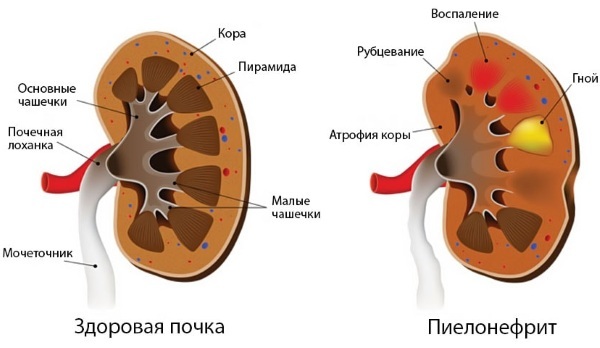
- Inflammation and pathology of the genitourinary system.
- Endocarditis. It is an infectious inflammation of the lining of the heart.
- Osteomyelitis or other suppurative inflammation.
- The presence of bacteria was detected in purulent formations, intestinal tumor tissue, as well as in the fluid of the abdominal cavity.
Separately, it is worth noting the importance of a normal microbiome status in the treatment of:
- Statins. High cholesterol levels are dangerous for cardiovascular diseases. With an unbalanced microbiome, an excessively small amount of the active substance of a statin enters the bloodstream, as a result of which the therapy becomes completely ineffective.
- Digoxin. A small amount of Eggertell leads to a poor metabolism of this drug, and as a result, the standard dose for the patient can be lethal. With an excessive content of Eggertell, digoxin is inactivated.
- Anticancer drugs. The damaged microbiome reduces the effect of drugs of this spectrum to 0.
This means that an imbalance in the level of this bacterium leads to side effects from therapy, or the complete absence of such.
The spectrum of the bacteria's effect on the body is wide; only a comprehensive examination will help to identify the affected area.
What if the indicators exceed the norm?
Eggerthella lenta, the excess of which adversely affects human health, requires timely treatment.
In order to prevent the progression of existing diseases caused by bacterial reproduction, as well as in order to prevent new ailments, it is recommended:
- To dramatically improve your rhythm of life. This includes the normalization of the daily routine and nutrition. The latter is also corrected by a doctor.
- Do not self-medicate. Instead, you should follow the recommendations of the doctor who sent the diagnosis. If the patient performed the analysis without a medical recommendation, depending on the symptoms, contact a medical specialist with a narrow specialization. Most often it is a gastroenterologist.
These recommendations are general and incapable of completely eliminating the pathology. But they will help to partially improve the condition.
Treatment methods
In most cases, it is the high content of this bacterium in the analyzes that deserves special attention. Low levels are usually not harmful to the patient. The presence of bacteria indicates serious diseases of an infectious nature.
Drug therapy
The bacterium is capable of infecting not only the digestive tract, but also the skin and blood. Therefore, to detect the disease, not only bacteriological laboratory research is used, but also ultrasound of internal organs, as well as computed tomography.
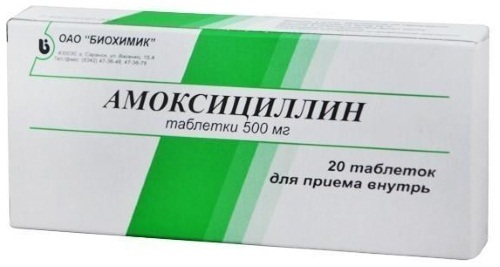
Depending on the complexity of the established disease, broad-spectrum antibiotics, anti-inflammatory ointments, and so on can be prescribed. Antibiotics Cephalexin, Amoxicillin are used in the form of tablets or injections. Ointments Bepanten, Vishnevsky, Levomekol are used for lesions of mucous membranes and skin.
Diet
Nutrition in the event of various diseases caused by eggertellus tape, or in which its level is increased, implies the use of steamed or boiled foods in food.
During treatment, products such as:
- coffee and any drinks containing caffeine;
- alcohol;
- salty foods;
- cabbage;
- all types of citrus fruits;
- spicy and fatty dishes.
Eggerthella lenta, the excess of which can be reduced by following a diet, does not require a strict restriction in food consumption. Balancing the menu is important. And only a qualified nutritionist can help with this.
Lifestyle
A significant increase in Eggertellus in the body, as well as the occurrence of inflammation and abscesses due to this, suggests:
- Restriction in physical activity. To avoid rupture of purulent sacs, it is not recommended to lift weights. A sharp change in body position should also be excluded.
-
Rejection of bad habits. Alcohol and tobacco consumption should be eliminated or minimized. To do this, it is enough to fill the days with pleasant activities in order to improve your mood and prevent the appearance of negative emotions, to exclude the environment where alcohol consumption is manifested, as well as clearly understand the negative consequences of these harmful habits.

- Do not abuse caffeine. It is found not only in coffee, but also in tea. In addition, this habit leads to a deterioration in the condition of the facial skin.
Phytotherapy
During the medication normalization of the Eggertell level, the doctor may prescribe additional therapy, the complex of which includes the use of such herbs and decoctions as:
- Peppermint. Promotes the disinfection of organ tissues.
- Pharmacy chamomile flowers. Most often used as compresses and baths.
- Liquorice root. It is used to maintain immunity.
- Mountain arnica flowers. Help with abscesses on the skin.
It is important to understand that all herbal preparations are used only as an adjunct to the main treatment.
With a balanced human microbiome, the level of Eggerthella lenta may slightly exceed the norm. In this case, the condition can be considered not pathological, but absolutely normal. But the excess of this type of bacteria requires the described actions.
Video about gastrointestinal diseases
Diagnostics and treatment of dysbiosis:

